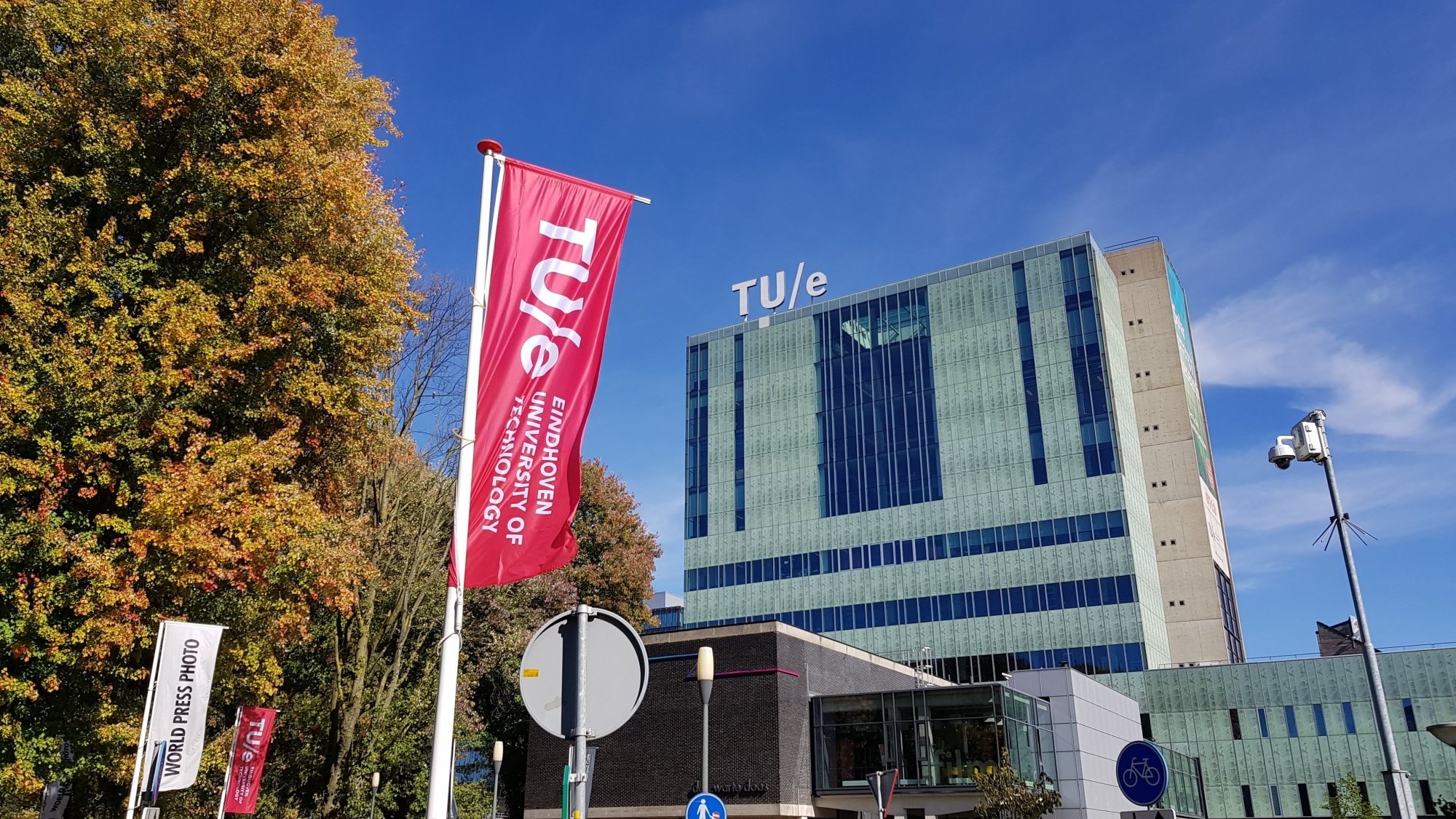
The TU/e has developed a micro-spectrometer. With this sensor, it will be possible in the future to, for example, measure CO2 with your smartphone. University researchers are presenting this invention today in Nature Communications.
The sensor is small enough for easy and inexpensive installation in a smartphone. The sensor is as accurate as conventional spectrometers used in science, but instead of seizing a table, the sensor may soon be in your pocket. TU/e researchers have found another way to do the same accurate measurements. For this purpose, they developed a ‘photonic crystal cavity’ that captures light, converts it into current and can then be accurately measured.
It is expected that this sensor will only return to a smartphone in five years’ time. First of all, work still needs to be done on broadening the observable light spectrum. Work is also underway on a light source that is integrated into the sensor. This makes the meter independent of external sources. There are many applications that the sensor can make possible. For example, measuring CO2, smoke detection, determining what medication that you have in your hand, measuring the freshness of food and measuring your blood glucose levels.

Analysis of light has many applications. Each material and fabric has its own ‘footprint’ in terms of light absorption and reflection and can, therefore, be recognized. Precise spectrometers were, so far, large. This is because the device splits light into different colors, which are measured separately. Shortly after the light splitting, the bundles of different frequencies still overlap; very precise measurements can therefore only be made dozens of centimeters after the split.
In order to be able to measure a larger frequency range, the researchers placed two of their membranes very flatly above each other. The two membranes influence each other: if the distance between them changes even a tiny bit, then the frequency of light that the sensor can perceive also shifts. So, under the leadership of Professor Andrea Fiore and senior university lecturer Rob van der Heijden, the researchers used a MEMS (a microelectromechanical system). This causes the distance between the membranes to vary, and thus the measured frequency. Thus, the sensor eventually covers a wavelength range of approximately thirty nanometers. Within this area, the spectrometer can distinguish roughly one hundred thousand frequencies, which is exceptionally accurate.
To demonstrate usability, the research team made several applications, including a gas sensor. They also made an extremely sensitive motion meter by cleverly using the fact that the observed frequency changes when the two membranes move relative to each other.








